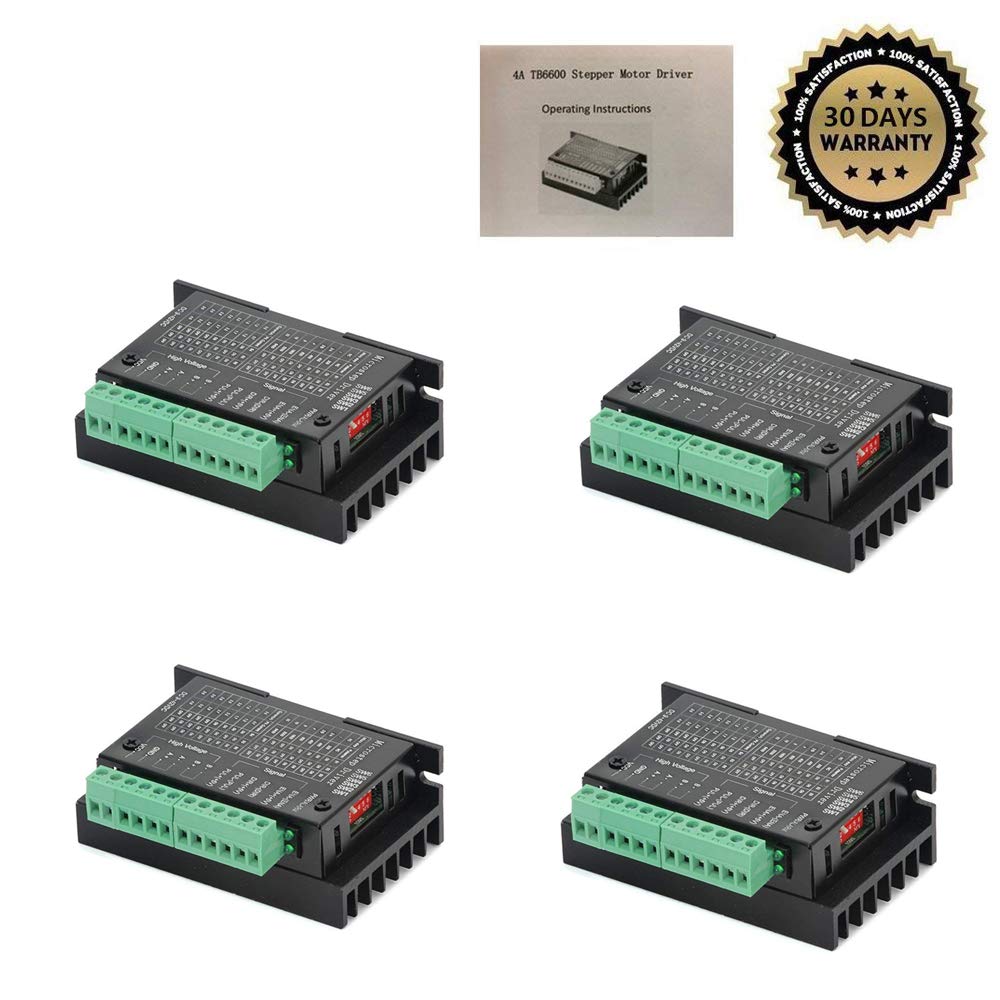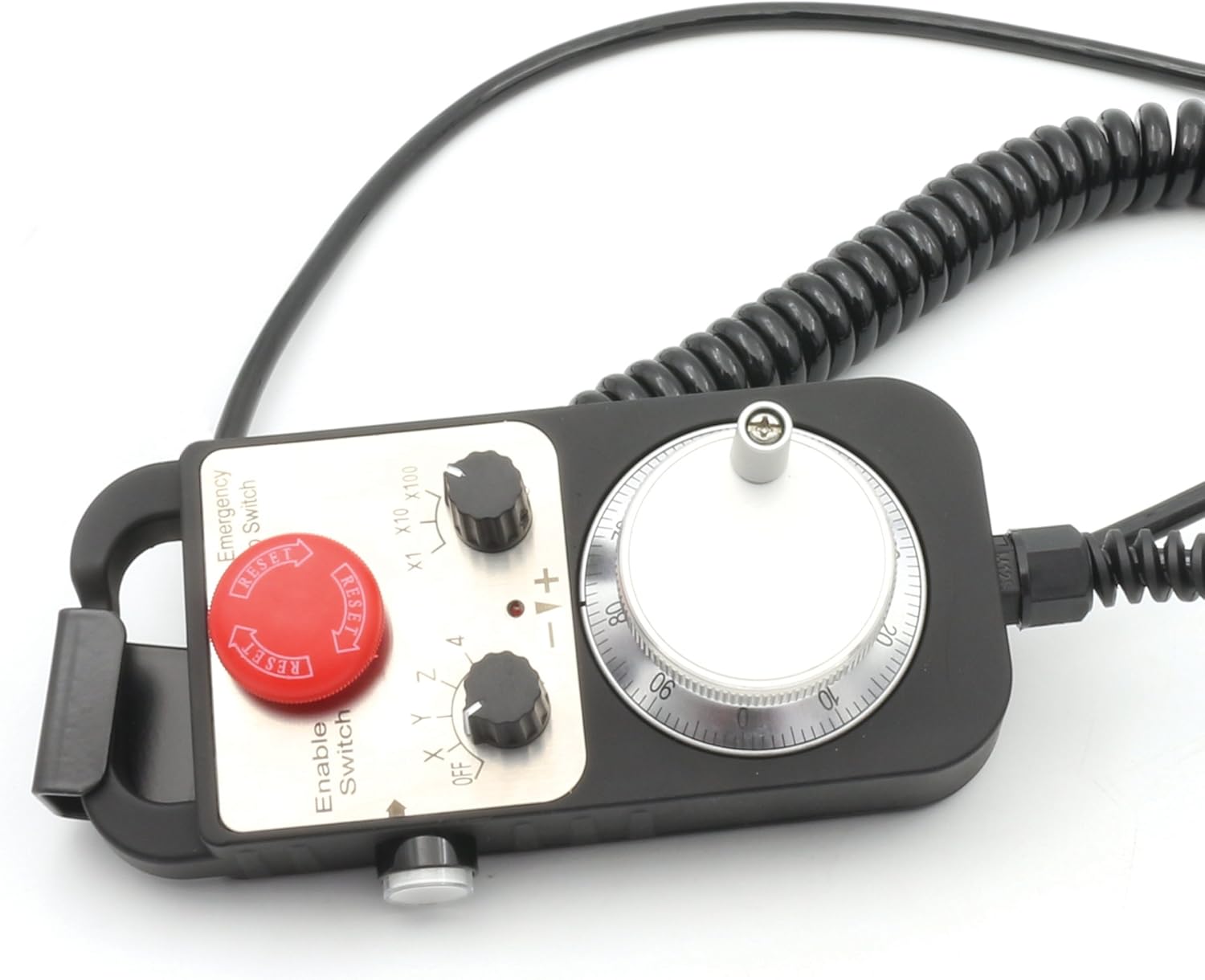After a long wait, I just received from China the 4th axis for my router. Now it is time to install it.
A CNC machine in my garage
Here I'm sharing my learnings, projects and experiences with CNC 3040 router/milling/cutting machine I have in my garage. Here I will include all the projects I will make with the Arduino processor and accessories. You are welcome to comment, and share.
Sunday, January 31, 2021
Fourth Axis
Friday, January 29, 2021
My version of the Hyperbola Clock
For this one, I used a standard high torque quartz mechanism.
The clock was fully modeled in Fusion 360. The base is oak and the disk and x-shape panel with birch 1/8" plywood. The moving bar is a brass 1/8" diameter rod.
All the wood parts were processed in my router and I used the wood lathe to finis the oak part.
For engraving the initials on the disk and the rod position reflection on the x-shape, I used a 5.5w led laser head attached to the spindle motor of my router.
The disc functions as the hour hand.
The minute's hand, the support for the brass rod, and the hour markers on the oak base are 3D printed using black PETG filament.
I love projects where I can use all my tech gadgets!
Wednesday, September 16, 2020
New conical Clock Model
Saturday, July 4, 2020
A plastic mold to make Arepas
Saturday, May 30, 2020
Fix it, Don't trash it!
Friday, May 15, 2020
The Suprematist Time Keeping Machine
 |
| The Suprematist Time Keeping Machine |
Many hours of work resulted in a model almost identical to the original. There is some small modification in the position of the hour's hand to avoid collision with the minute's hand and to reference a real-time relation between the hours, the minutes, and the seconds. The artist made the sculpture in a way that it almost shows a real hour!
Tuesday, May 12, 2020
Back to my garage (COVID-19) stay at home. New CNC controller for may 30/40 CNC router
During these difficult days, doe to my age and previous health conditions, I must stay at home.
My design workload that can be done from home is also low as my customers are also reducing their activities to the minimum necessary, so I am back to my garage.
After a few days of cleaning and reorganizing, I restarted a project that was on hold for a long time: Refurbish my CNC; I have been working on this project on and off for several months during my short home return from my frequent travel schedule.
The scope of the project is:
- New computer to control the machine
- Upgrade to MACH4 software
- New driver board compatible with MACH 4 and Ethernet connection
- Add a manual pendant.
- Mechanical maintenance of the router.
- Add limit/home switches.
- Add an Axis Z height probe.
- Add a rotary axis (B)
- Add a small laser head for engraving.
After in-depth investigation and some failed purchases of driver boards compatible with Mach4, I finally found a good one with a lot of documentation and support, the PoKeys57CNC Motion Controller for Mach4, and now, after using it for some time, I am sure I made the right decision.
The next step was to order all the components and design with Fusion 360 and fabricate the controller box.
The two crucial things I added are the pendant and the stepper motor drivers.

Once I got all the parts, I needed about 50 hours to assemble and wire the control and to install the limit, home switches, and the touch probe for tool measurement in the machine.
It took another full week to learn and start the Mach4 software, configure the Pokey in Mach4 and make the first part.
The last upgrade I made is that I bought a Chinese 5.5W led laser head, designed and built a bracket to install the laser on the body of the spindle motor, add the necessary connections to the new control and creat a laser machine profile for Mach4 I am delighted with the results although it is a very inexpensive laser device,
Wednesday, December 23, 2015
The Time Transparency Clock
Since the last post I have worked hard in the design and build of the Wood/Plastic clock. I have made a lot of changes in the original design, and I think that the final result is really a very nice clock!

Acrylic is difficult to work in the CNC with small diameter end mill bits. I used a 1/16” 2 Flute carbide end mill for the wheel teeth. After damaging several plastic stock and 2 end mill I learned:
- Use new and sharp bit or a sharp bit that has been used only in plastic. If you used a bit to cut wood, forget to use it later in plastic.
- You need to remove very little material each pass :.
- 24,000 RPM spindle speed and 10 inches/minute feed rate.
- Keep the bit cool with compressed air.
With the above settings, and with lots of patient it is possible to get a very nice and clean cut. Below a video showing the internal cut with 1/8” end mill:
The other complicated thing is to bond brass and acrylic. After several test I ended using 2 part transparent epoxy.
Here is a video showing several details of the clock.
I love the action of this clock!
Happy holidays to all!
Tuesday, November 10, 2015
New Plastic and Wood clock on the way
After some time way from my garage and design activities I am back with a new idea.
This time will be a modernistic table clock design with several interesting features:
- Combination of wood and plastic: The frame, the base and the dial will be made of wood. The wheels will be made of acrylic.
- All wheels will have an outer diameter of 6”
- This clock will have a seconds hand, but a very special one: retrograde seconds hand
- There will be a lot of “action” in the clock as it will have 5 wheels
- Will be driven by a stepper motor and an Arduino controller
Here is the computer design of the clock.
The clock does not have a name so in invite my readers to suggest one.
Sunday, September 6, 2015
Making Mechanical Marvels in Wood with Fusion 360- Part 1
This is an old book! but a very good book for those who want to start building interesting things in wood.
To practice and learn how to use and simulate mechanism in Fusion 360 I modeled all the projects in the book except two.
What I found during this exercises is that Fusion is really friendly and essay to use for and also very powerful. It has some limitations with advance features like motion simulation and contact sets but for general design this things are not very important.
Here are all the models and pictures

























